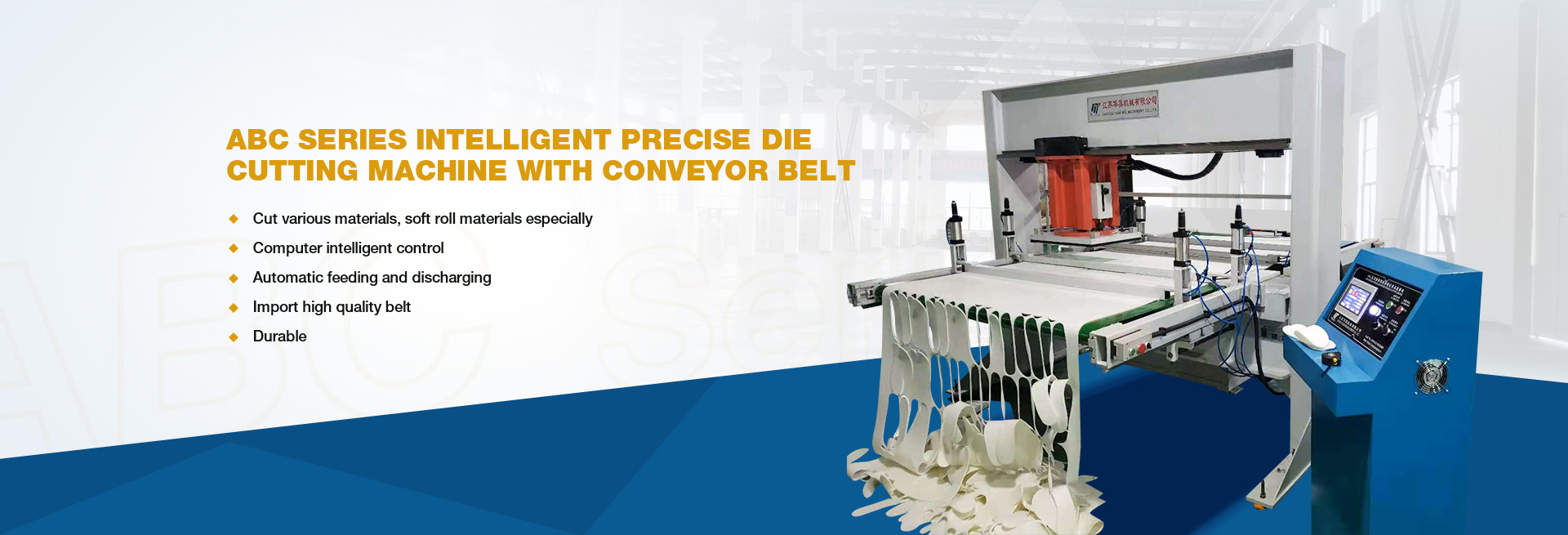1. Reduction of product quality: the density deviation of the automatic cutting machine will lead to the uneven density of the cut products, too dense or too loose in some areas, resulting in the decline of product quality. For example, for the textile industry, if the density of the fabric is not uniform, it will affect the comfort, softness and air permeability of the fabric, making the product unable to meet the needs of users.
2. Increase of damage rate: the density deviation will lead to the uneven pressure exerted by the automatic cutting machine in the cutting process, and the pressure in some places is too large, which is easy to cause product damage. Especially for products with strong softness, the density deviation will aggravate the stress concentration of products in the cutting process, making the products more prone to damage and increase the production cost.
3. Decline of production efficiency: the density deviation will lead to errors in the cutting process of the fully automatic cutting machine, which needs to be re-cut or repaired, thus increasing the production cycle and production cost. In addition, density deviation will also increase the unqualified rate of products, resulting to more waste products, reducing effective output and reducing production efficiency.
4. Lower reliability: The density deviation of the fully automatic cutting machine may mean increased failure or instability of the machine. For example, too large or too small density may lead to too much or too small machine force, easy to cause the wear and damage of mechanical parts, reduce the reliability and life of the machine.
5. Increased safety risks: density deviation may lead to the failure of the automatic cutting machine in the cutting process, resulting in safety risks. For example, when the density is too high, the cutting tool may be stuck, blocked or broken, increasing the operation difficulties and safety risk of the operator, which may lead to incomplete cutting or inaccurate cutting, making the cut product does not meet the quality requirements.
In order to avoid the above hazards, it is necessary to maintain the automatic cutting machine regularly to ensure the normal operation of the machine and the stability of the cutting quality. In addition, for large density deviation, it is necessary to adjust machine parameters or replace tools in time to reduce their impact on product quality. At the same time, it is also necessary to strengthen the training of fully automatic cutting machine operators, to ensure that they master the operation skills and safe operation procedures of the machine, and reduce the errors and accidents in the operation.
Post time: Apr-11-2024



